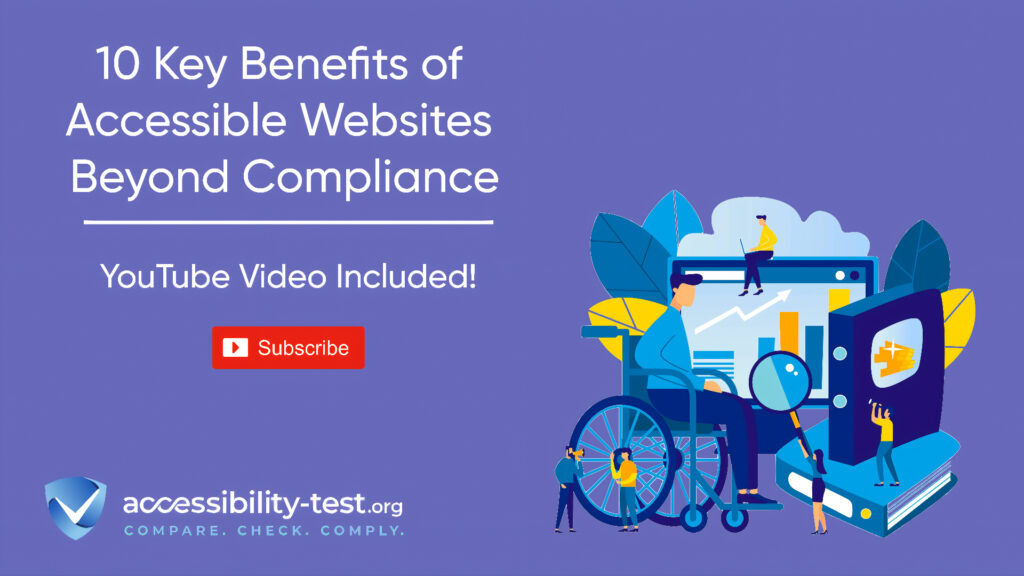What Is Web Accessibility?
Web accessibility refers to the design and development of digital content that is usable by all individuals, regardless of their abilities or disabilities. In its early stages, web accessibility was largely perceived as a compliance requirement, primarily driven by legal mandates. However, the evolution of this concept has led to a broader understanding of its significance in fostering an inclusive digital environment. Today, businesses are increasingly recognizing that implementing web accessibility measures is not just about meeting legal standards but also about enhancing operational effectiveness and expanding their audience reach.
The recognition of web accessibility as a strategic business advantage stems from its ability to accommodate a wider demographic. An estimated 1 in 4 adults in the United States live with some form of disability, presenting a substantial market segment that businesses can engage. By prioritizing accessibility, companies are not only adhering to existing regulations but are also unlocking potential customer bases that were previously neglected due to inaccessible online platforms. This proactive approach signifies a shift from viewing accessibility solely as a compliance issue to embracing it as a vital catalyst for innovation and growth.
Modern consumers are increasingly favoring businesses that demonstrate social responsibility, and web accessibility plays a critical role in this narrative. Companies that invest in accessible websites often find that they enhance user experience for all customers, regardless of ability. This translates to increased customer satisfaction, loyalty, and ultimately, sales. Furthermore, a commitment to web accessibility can enhance a company’s brand reputation, positioning it as a leader in inclusivity and ethical practices within its industry.
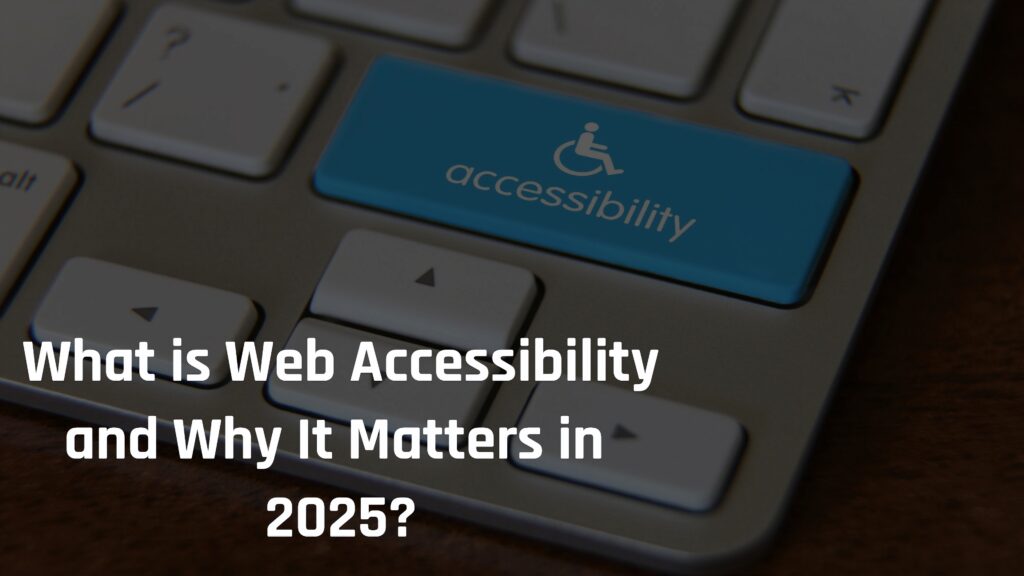
The Importance of Prioritizing Accessibility
In recent years, businesses have increasingly recognized the value of web accessibility, particularly regarding their visibility and audience reach. According to a survey conducted in 2024, a remarkable percentage of organizations reported a direct correlation between prioritizing accessible design and the enhancement of their online presence. This trend illustrates that when companies implement web accessibility improvements, they are not merely complying with legal mandates; they are also reaping significant business advantages.
Statistical evidence indicates that organizations focusing on accessible design experienced enhanced organic search visibility. Search engine optimization (SEO) is closely linked to web accessibility; to illustrate, search engines often prioritize websites that provide a better user experience, including options for individuals with disabilities. Consequently, companies that have made accessibility a priority benefit from improved search rankings, allowing them to attract a larger audience. These search engines evaluate various factors, such as alternative text for images and proper heading structures, which are fundamental components of accessible design.
Moreover, broader audience engagement has emerged as an essential factor in organizational growth. By ensuring websites are accessible to users with diverse needs, businesses open their doors to a larger demographic, including those with disabilities. According to the same survey, organizations noted a marked increase in user interaction metrics, such as page views and time spent on their sites, as they integrated accessibility into their design strategies. This result underscores the notion that accessibility not only aligns with ethical business practices but also serves as a catalyst for greater customer engagement.
Therefore, the advantages of prioritizing web accessibility in 2024 extend beyond compliance with legislation; they encapsulate substantial opportunities for businesses to enhance their online visibility and engage a wider audience. As we move into 2025, the imperative for organizations to embrace accessibility remains clear, positioning themselves favorably within a competitive market landscape.anizations that wish to maintain compliance while fostering an inclusive online environment.
Technical SEO Synergies
In the ever-evolving landscape of digital marketing, the relationship between web accessibility and technical SEO has emerged as a critical area of interest. Businesses seeking to enhance their online presence must recognize that these two elements are not mutually exclusive but, rather, synergistic. A core component of this synergy lies in the implementation of accessible heading structures. Research indicates that well-structured headings improve the efficiency with which search engine bots crawl websites. This is particularly relevant for indexing, as an organized hierarchy allows bots to navigate content more effectively, thus reducing crawl time.
Structured, semantic HTML plays a pivotal role in this enhancement. By utilizing semantic elements such as <header>, <article>, and <section>, developers can create a clearer context for both users and search engines. This structure not only aids users with disabilities who rely on assistive technologies to understand the page structure but also facilitates indexing for search engines. Websites that adopt accessible design principles often find they rank higher in search results, largely because they demonstrate a commitment to user-friendly experiences. This leads to increased organic traffic and better engagement metrics, ultimately benefiting the bottom line.
Furthermore, the compliance with web accessibility standards such as WCAG (Web Content Accessibility Guidelines) ensures that websites are equipped to reach a broader audience. By prioritizing accessibility, businesses are not just adhering to legal requirements but are also leveraging additional SEO benefits. As search engines increasingly value user experience in their algorithms, investing in both web accessibility and technical SEO can position businesses advantageously in the competitive digital environment of 2025 and beyond. The convergence of these practices suggests that organizations can optimize their sites in ways that are not only beneficial for rankings but also enhance overall user satisfaction.
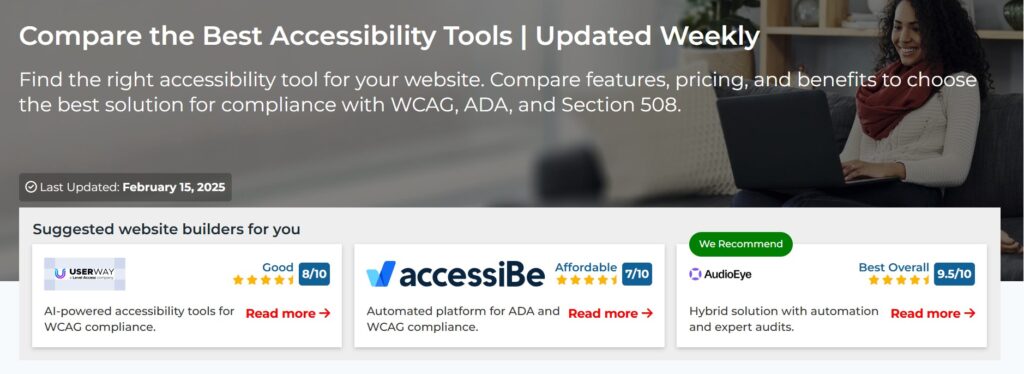
Understanding Google’s 2024 Accessibility Ranking Signals
In 2024, Google introduced significant updates to its algorithm that emphasize the importance of web accessibility in relation to search engine optimization (SEO). These updates have established indirect correlations between accessibility and page ranking factors, suggesting that accessible websites are more likely to perform better in search rankings. This shift highlights Google’s evolving understanding that user experience – which includes accessibility – is crucial for retaining user engagement and driving site traffic.
One critical area where accessibility impacts SEO is in the improvement of interaction times. Websites that prioritize accessibility typically implement best practices, such as scalable text, alternative text for images, and navigable structures that enhance the overall user experience. As a result, these websites tend to load faster and provide smoother interactions for all users, including those with disabilities. Google’s algorithm updates have consequently begun considering these interaction metrics as a way to evaluate site quality and relevance. Websites that fail to meet defined accessibility thresholds may see a decline in their search visibility, as Google prefers sites that offer optimal user experiences for a diverse audience.
Furthermore, rendering times play a crucial role in accessibility rankings. Accessible websites often improve rendering times by utilizing optimized code and content structures that support all users. This improvement in rendering directly influences both user experience and page performance, thus affecting SEO outcomes. By adhering to accessibility standards, businesses not only fulfill legal obligations but also align with Google’s ranking signals, affording them a competitive edge in search results. Ultimately, the integration of accessibility into the digital landscape is increasingly recognized as a beneficial strategy for enhancing both user satisfaction and overall visibility in search engine results.
User Experience Breakthroughs
In recent years, web accessibility has become a critical focus for organizations, particularly as users increasingly rely on mobile devices for internet access. Designing websites with accessibility in mind not only ensures compliance with legal standards but significantly enhances the user experience for all users. By implementing accessibility-focused design principles, businesses are able to create a more inclusive environment that caters to a diverse audience. This inclusiveness extends to those with disabilities, but also benefits all users by providing a more seamless and efficient browsing experience.
Techniques that contribute to improved user experience include optimizing website load times and enabling responsive design. Fast-loading sites are crucial, especially on mobile platforms, as research indicates that users are less likely to engage with websites that take longer to load. Implementing techniques such as image optimization, efficient coding practices, and minimizing server responses can markedly decrease loading times. Additionally, responsive design ensures that websites adapt fluidly to different screen sizes and resolutions, maintaining functionality and aesthetic appeal across various devices. This not only caters to individual user preferences but also leads to reduced bounce rates and higher user satisfaction.
Moreover, enhancing user experience through accessibility can yield significant business advantages. Improved performance correlates with higher conversion rates, as a website that loads quickly and functions effectively encourages users to complete desired actions—be it making a purchase, signing up for a newsletter, or engaging with content. As businesses look to capture the growing mobile market, these enhancements become critical in attracting and retaining users. By prioritizing accessibility in design, companies do not merely comply with regulations; they position themselves competitively within their industries while fostering a more engaging user experience that ultimately drives success.
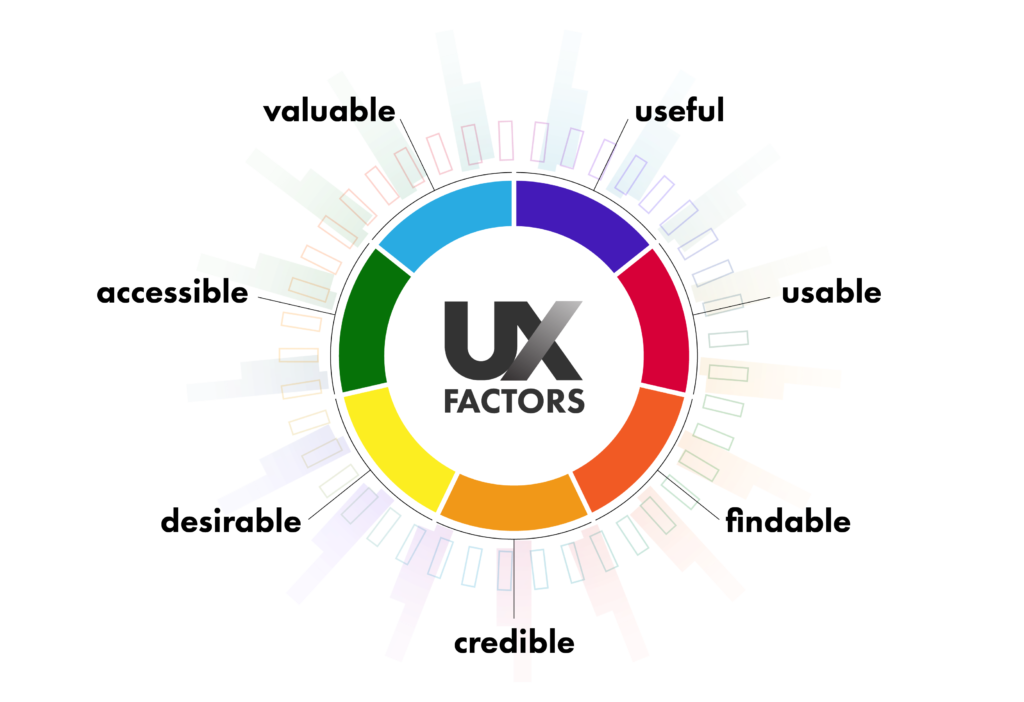
Case Study | Success through UX Redesign
In 2023, a prominent multinational e-commerce platform, referred to as “EcoShop,” embarked on a comprehensive user experience (UX) redesign aimed at improving web accessibility. Faced with increasing concerns over inclusivity and the need to accommodate a diverse customer base, EcoShop sought to integrate accessible design practices fully. The initiative was propelled by the realization that their previous website layout posed significant barriers to users with disabilities, ultimately impacting customer satisfaction and operational efficiency.
The redesign process involved thorough research and collaboration with accessibility experts to develop an interface that adheres to the Web Content Accessibility Guidelines (WCAG). Key features included enhanced keyboard navigation, improved screen reader compatibility, and customizable text sizes. Through these improvements, EcoShop aimed to cultivate an inclusive shopping experience that would resonate with all users, regardless of their abilities.
Following the implementation of these accessibility features, EcoShop witnessed a dramatic reduction in the number of support tickets related to accessibility issues. Before the redesign, an average of 200 tickets per month was lodged, primarily from customers who faced challenges navigating the site. In the subsequent months, this figure dropped to approximately 50 tickets, marking a 75% decrease. This noticeable decline not only alleviated pressure on the customer support team but also allowed them to focus on enhancing the overall shopping experience for all users.
Moreover, the company reported a marked improvement in customer satisfaction scores. Surveys conducted pre- and post-redesign indicated that customers rated their shopping experience significantly higher post-implementation, with enhanced praise for the accessible features. This case demonstrates how prioritizing web accessibility can yield tangible benefits, ultimately contributing to a company’s success in fostering customer loyalty while ensuring compliance with legal mandates.
Market Expansion through Inclusive Design
In recent years, the emphasis on web accessibility has significantly shifted from compliance to genuine inclusivity, presenting unique opportunities for market expansion. Companies that adopt inclusive design practices not only satisfy legal requirements but also cater to a growing demographic of individuals with disabilities, which includes an estimated over one billion people globally. This represents a substantial market that, if appropriately engaged, can contribute considerably to a company’s revenue streams.
The financial benefits of accessible design extend beyond merely meeting standards; they encompass the realization of a larger customer base. Businesses that prioritize accessibility can achieve a competitive advantage by attracting consumers who typically face barriers when interacting with digital content. This alignment with inclusive practices not only fosters customer loyalty among disabled individuals but also resonates with their families and friends, amplifying potential market reach.
Moreover, optimizing content for assistive technology is integral to leveraging this market potential. Strategies such as using alternative text for images, ensuring keyboard navigability, and maintaining logical content structure can vastly improve user experience for those utilizing screen readers or other assistive devices. By addressing these aspects, businesses can create a more seamless interaction for all users, leading to higher conversion rates and increased customer satisfaction.
In a digital economy where consumer preferences are continually evolving, inclusivity is no longer an afterthought but a core principle of strategic planning. Companies that embed accessible design within their frameworks not only comply with regulations, but they also enhance their reputations and brand credibility. By focusing on the importance of accessibility, organizations can unlock significant value—transforming potential barriers into pathways for profit and long-term growth.roviding a more inclusive experience for all users.
Risk Mitigation and Legal Compliance
In the digital age, web accessibility has evolved from being a mere legal obligation to a fundamental business imperative. Companies that neglect web accessibility face significant risks, including potential legal repercussions and damage to their reputation. With the increase in lawsuits related to accessibility violations, particularly under the Americans with Disabilities Act (ADA) and the Web Content Accessibility Guidelines (WCAG), businesses can incur hefty fines and legal fees. A lack of compliance may lead to lawsuits from individuals with disabilities who are unable to access online services. Thus, it is essential for organizations to proactively engage with accessibility practices to mitigate these risks.
Beyond legal compliance, failure to prioritize web accessibility can lead to substantial financial losses. A considerable portion of the population has some form of disability, which translates to a potentially significant customer base that businesses might overlook. By not catering to these individuals, companies are not only missing out on revenue opportunities but also jeopardizing their market position in an increasingly inclusive society. Research indicates that accessible websites improve user experience for everyone, thereby enhancing overall customer satisfaction. Including all users, regardless of their abilities, cultivates loyal customer relationships and promotes an inclusive corporate culture.
Moreover, fostering a culture of inclusivity resonates positively with modern consumers, who increasingly support brands that prioritize equity and accessibility. Adopting web accessibility best practices demonstrates a commitment not only to legal standards but also to social responsibility. Companies that invest in creating accessible digital environments exhibit an understanding of the diverse needs of their customers, which can enhance brand loyalty and attract new clientele. By viewing web accessibility as an opportunity rather than a compliance burden, businesses can enhance their reputation and ensure sustainable growth in an increasingly competitive marketplace.
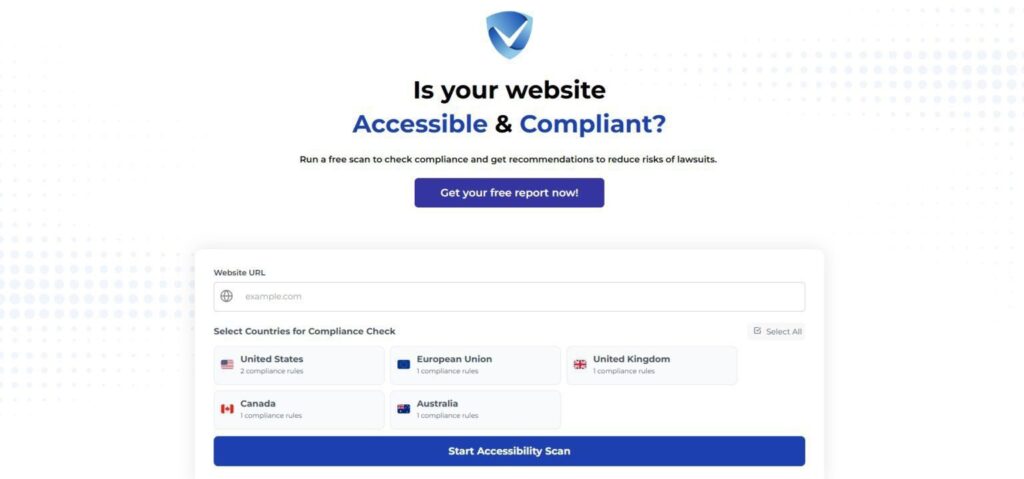
As we look ahead to 2025, the importance of web accessibility as a pivotal business advantage cannot be overstated. With increasing reliance on digital platforms for customer engagement, organizations must recognize that accessibility goes beyond mere compliance with legal mandates. It is increasingly becoming an essential component of a comprehensive business strategy aimed at fostering inclusivity and maximizing market reach.
The insights discussed throughout this blog post highlight key facets of web accessibility, illustrating how it not only enhances user experience for individuals with disabilities but also benefitting all users through improved navigation and interface usability. Businesses that prioritize accessibility can tap into a wider audience, driving customer loyalty and enhancing brand reputation.
Moreover, embracing an accessibility-first mindset allows companies to stay ahead of evolving regulations and societal expectations. As digital environments continue to adapt, having an accessible website positions businesses as leaders in corporate responsibility and innovation. In addition, investing in web accessibility can streamline operational processes, reduce lawsuits, and ultimately result in a stronger bottom line.
Organizations should not view accessibility as an additional expense but rather as an opportunity to innovate. By integrating accessible design principles into their digital strategy, companies gain a competitive edge, ensuring their content is available to everyone, regardless of ability. The advancement of technology continues to show us that a truly accessible web is attainable; hence, it is imperative for businesses to reflect this in their strategies moving forward.
In conclusion, web accessibility is not just a regulatory requirement but a cornerstone of a successful business model. As we approach 2025, the advantages of fostering an accessible web presence will only amplify, positioning businesses for sustainable growth and ensuring equitable access to information and services for all individuals.



